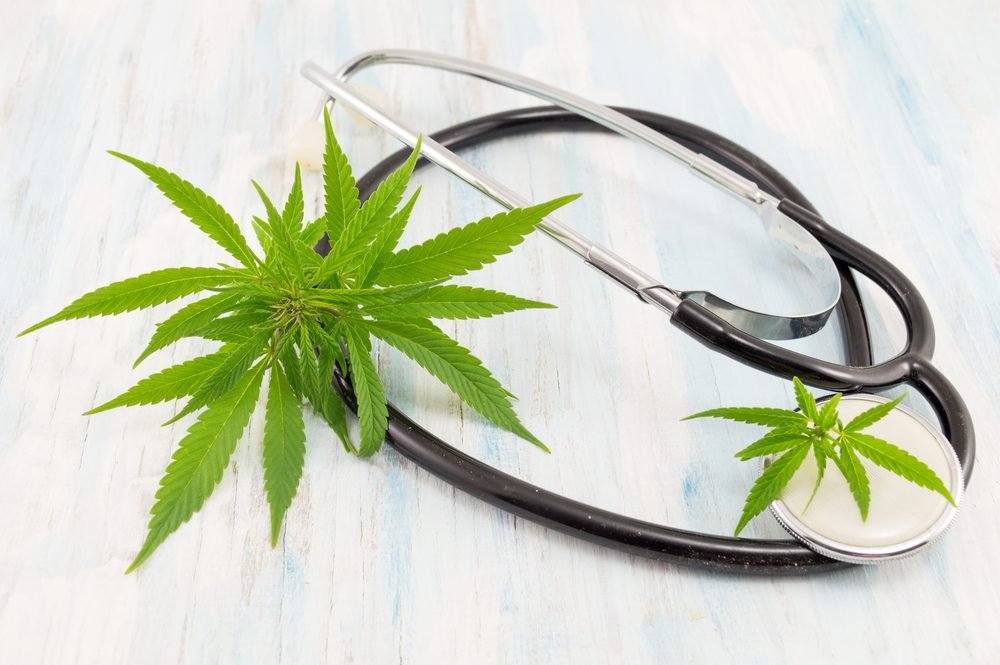I take a bunch of pills every day. Most of them are generics.
I’ve used baclofen to treat my leg spasticity, oxybutynin for my bladder, and modafinil to fight my MS fatigue. There’s also atorvastatin to keep my cholesterol in check, and levothyroxine to do the same for my thyroid levels. All are generics.
Over the years, I’ve read many social media comments from people questioning whether generics are as effective as brand-name medications. Just a few days ago, I read a comment on a Facebook multiple sclerosis group from a woman who said she became ill when she switched from a brand-name disease-modifying therapy to its generic version.
But I’ve always ignored comments like that. The U.S. Food and Drug Administration says that generic medications “are just as safe and effective as their brand-name counterparts.” In the U.S., nine out of 10 prescriptions are filled using generics. My doctors have prescribed generics for me for years, never questioning their efficacy.
The price is right
Generics are generally less expensive than brand-name drugs, and the latter might not be covered at all by your insurance. My Medicare Part D plan charges $93 for a 90-day supply of Synthroid, a synthetic thyroid hormone, while its generic, levothyroxine, is only $3. Ditropan, to treat overactive bladder, isn’t covered by my Medicare Part D plan, but its generic, oxybutynin, is. The same is true for Provigil versus modafinil.
But lower cost shouldn’t mean lower quality, right?
Are generics and brand names really equal?
A recent New York Times opinion piece has made me wonder whether a generic is in fact as good as a brand name.
In 1984, U.S. lawmakers allowed pharmaceutical companies to duplicate brand-name medications whose patents had expired without conducting clinical trials of those generics. All they needed to do was prove the generics worked similarly to the brand names and show that good production practices were being followed
But Times editorial board member Farah Stockman believes that in order to keep their generics cost-competitive, pharmaceutical companies have been cutting corners, which includes shifting to overseas production and material sourcing. According to Stockman, an overall quality control problem exists now.
Cost versus quality
“The truth is, a pill is not just a pill,” Stockman writes. “A pill that was made in a top-notch factory with a spotless track record is better than one that was made in a plant that barely passed inspection. A pill that was stored in a cool dark place is better than one left baking on an airport tarmac for weeks.”
Stockman supports this belief by pointing to incidents such as the discovery of a probable carcinogen found in valsartan, a generic drug used to treat high blood pressure, and to some patients treated in New Zealand for depression who reported that their conditions worsened when that country’s national health service switched to a generic.
Did my quality fade?
The New Zealand problem makes me wonder about my own medications. Over the past few years, I gave up on some of my meds, thinking they’d lost their effectiveness after many years of use. I no longer use modafinil to treat my fatigue or oxybutynin for my bladder problems. I wonder if their reduced efficacy occurred because the medications were generics and their production quality deteriorated over the years. I also wonder if brand names might work better, and whether I should try them again.
I might, if I can afford them.
(Featured image by Arek Socha from Pixabay.)
(A version of this post first appeared as my column on the MS News Today website.)



